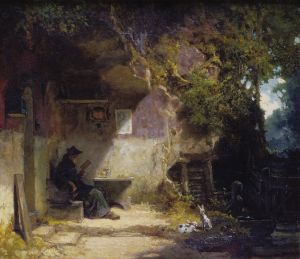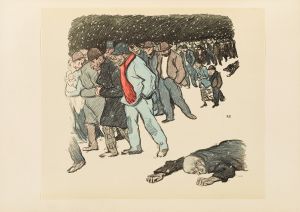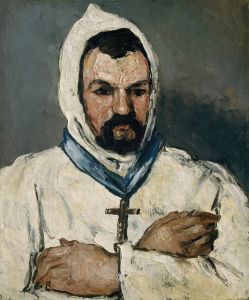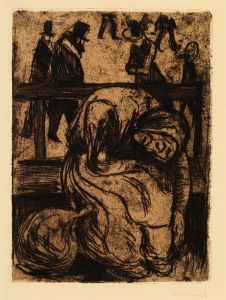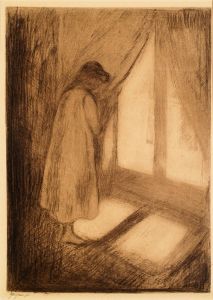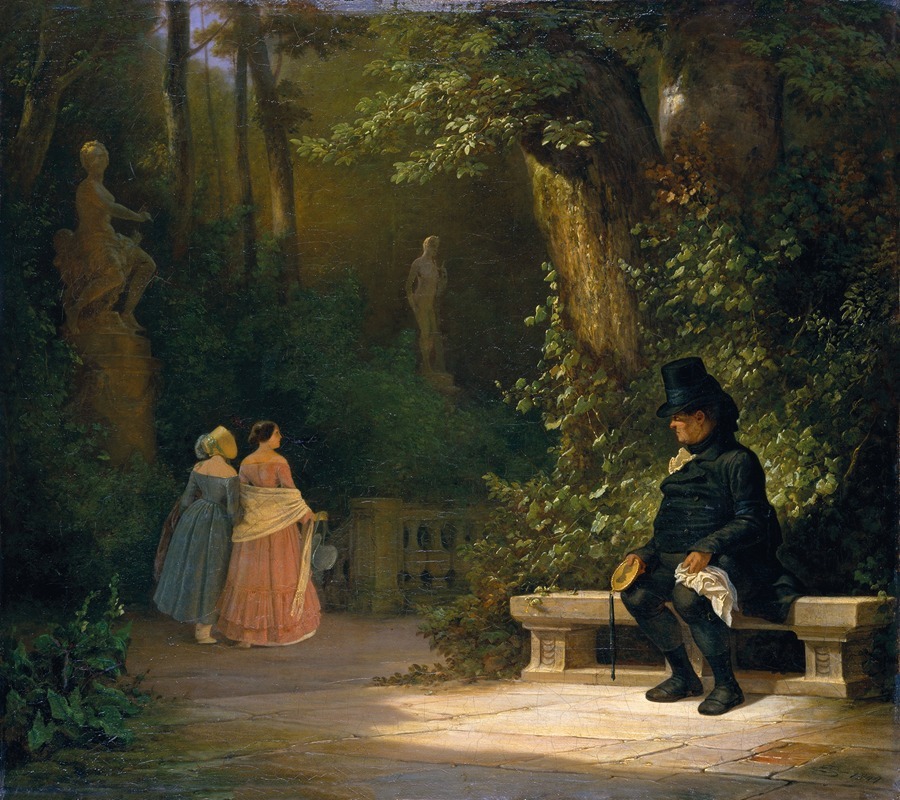
The Widower
A hand-painted replica of Carl Spitzweg’s masterpiece The Widower, meticulously crafted by professional artists to capture the true essence of the original. Each piece is created with museum-quality canvas and rare mineral pigments, carefully painted by experienced artists with delicate brushstrokes and rich, layered colors to perfectly recreate the texture of the original artwork. Unlike machine-printed reproductions, this hand-painted version brings the painting to life, infused with the artist’s emotions and skill in every stroke. Whether for personal collection or home decoration, it instantly elevates the artistic atmosphere of any space.
Carl Spitzweg's painting "The Widower" is a notable work by the German Romanticist artist, known for his detailed and often humorous depictions of everyday life. Spitzweg, who lived from 1808 to 1885, was a self-taught artist who initially pursued a career in pharmacy before dedicating himself to painting. His works are characterized by their intimate scale, meticulous attention to detail, and a gentle, often whimsical portrayal of 19th-century bourgeois life.
"The Widower" exemplifies Spitzweg's ability to capture the subtleties of human emotion and domestic settings. The painting depicts an elderly man, presumably the widower, seated in a modest, well-furnished room. He is surrounded by the quiet remnants of a shared life, which are subtly suggested through the careful arrangement of objects and the overall atmosphere of the scene. The widower's expression is contemplative, suggesting a moment of introspection or reminiscence. This emotional depth is a hallmark of Spitzweg's work, as he often explored themes of solitude, nostalgia, and the passage of time.
Spitzweg's technique in "The Widower" reflects his mastery of light and shadow, which he used to create a sense of warmth and intimacy. The soft lighting in the painting highlights the textures of the room's furnishings and the character's features, drawing the viewer into the personal world of the subject. This use of light not only enhances the mood of the painting but also serves to focus attention on the emotional state of the widower, inviting viewers to empathize with his quiet solitude.
The painting is also notable for its composition, which balances the detailed interior with the figure of the widower. Spitzweg's careful arrangement of elements within the frame creates a harmonious scene that is both visually pleasing and rich in narrative potential. The viewer is encouraged to explore the details of the room, each of which contributes to the overall story being told. This attention to detail is a signature aspect of Spitzweg's style, reflecting his background in the sciences and his keen observational skills.
"The Widower" is part of Spitzweg's broader body of work, which often focused on the lives of solitary figures, such as hermits, scholars, and poets. These subjects allowed Spitzweg to explore themes of introspection and the inner life, which resonated with the Romantic ideals of the time. His paintings are celebrated for their ability to convey complex emotions through simple, everyday scenes, making them enduringly popular with audiences.
Today, Carl Spitzweg is regarded as one of the most important artists of the Biedermeier period, a time in Central Europe characterized by a focus on the domestic and the personal. His works, including "The Widower," continue to be appreciated for their charm, wit, and insight into the human condition. Spitzweg's legacy is preserved in numerous collections, and his paintings remain a testament to his skill as an observer of life and a storyteller through art.










